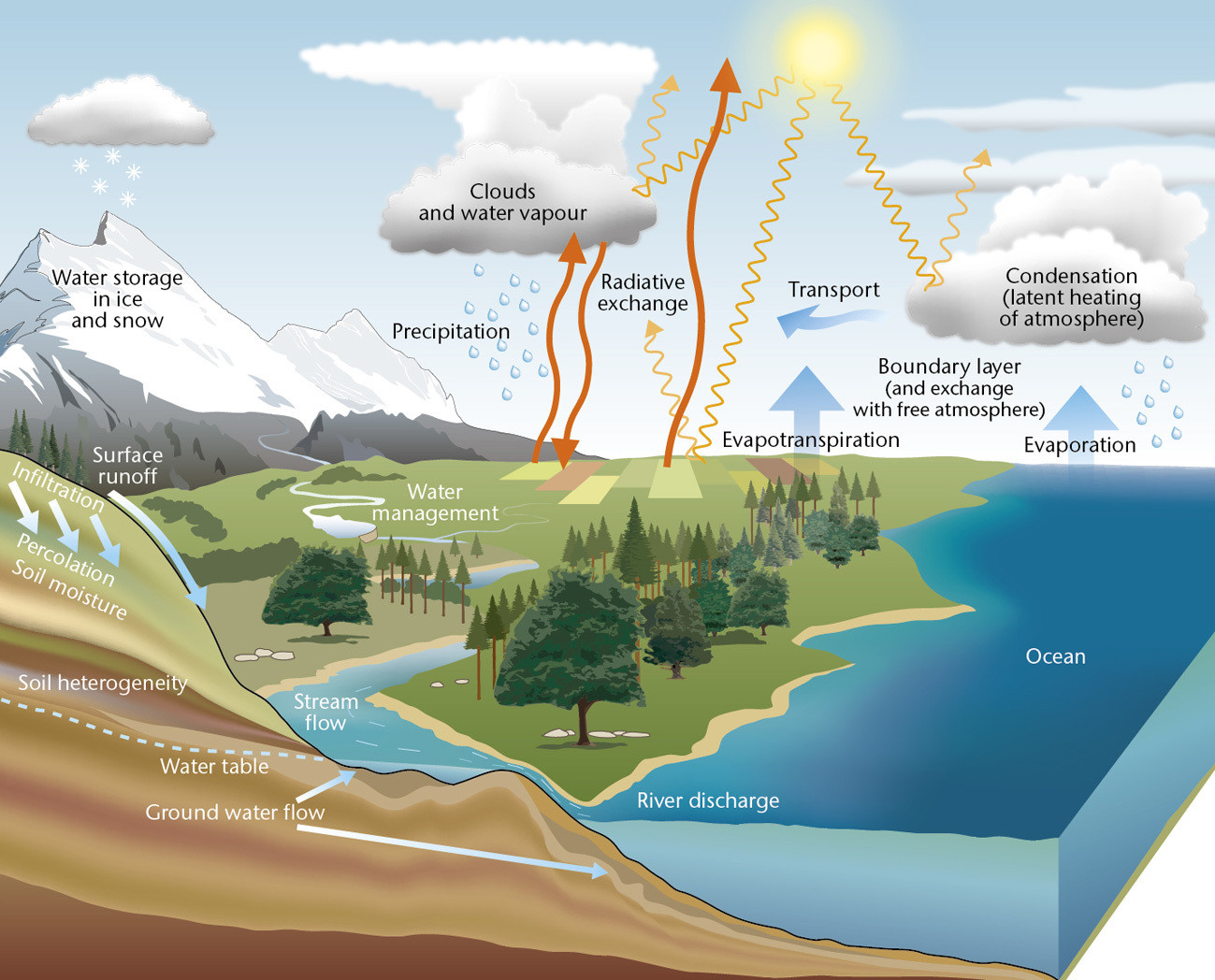Tackling water scarcity: 4 ways to pull H20 out of thin air

While clouds are the most visible form of water in the air, clear air also contains water.
Image: REUTERS/Ivan Alvarado
Stay up to date:
Fresh Water
You may remember studying the water cycle at school, following the path from oceans and rivers to the atmosphere and back again.
While clouds are the most visible form of water in the air, clear air also contains water. One estimate puts that at about 3,100 cubic miles, more than some of the world’s largest lakes.
As improvements in materials and technology make pulling drinking water out of thin air easier, scientists are working on extraction plans that could help regions where water is scarce or difficult to purify.

Water scarcity is becoming increasingly prevalent as the global population expands. Two-thirds of the global population, or around 4 billion people, face severe water scarcity at least one month a year, according to research published in Science Advances, which also showed that half a billion people face severe water scarcity all year round.
While extracting water from the air is often expensive, here are some of the organizations showing how it can be done:
Skywater/Skysource Alliance
This California-based group won the Water Abundance XPRIZE for demonstrating sustainable and scalable collection of water from the air.
Led by Rich Groden and David Hertz, the group produces machines that use a patented Adiabatic Distillation Process, where water vapour is reduced to liquid without a gain or loss of heat.
After condensation, the water is filtered, treated with ozone and can then be used or stored for future use. The team won the $1.5 million prize for its technology, beating Hawaii’s JMCC WING in to second place.

University of California, Berkeley
Engineers at MIT and the University of California, Berkeley have developed a system using metal organic frameworks to harvest water from desert air.
MOFs are porous crystals that form networks and can pull in and store large amounts of water. At night, the air is drawn in, saturating the sorbent with water from the air, and then the daytime temperatures heat it to release and condense the water.

Zero Mass Water
Arizona-based Zero Mass Water uses solar panels to extract humidity from the air and condensate it into a liquid form. The panels, which don’t require any infrastructure, are already in use in police stations, schools and homes around the world and were also used to supply 3,000 litres of clean water to Petros Primary School in Tanna, Vanuatu after 2015’s Cyclone Pam destroyed around 70% of the island’s water infrastructure.

Water from Air
South African company, Water from Air, makes machines that extract water vapour from the air and then filter and sterilize it to produce clean drinking water.
Their machine works by passing the vapour onto condensing coils that convert it into water. That water passes into a tank fitted with a UV light, which removes pathogens, algae and bacteria. Finally it passes through filters, undergoes reverse osmosis and is fed through another filter to add minerals. Finally the liquid is treated with UV-light sterilization to make it ready for drinking.

Seeing the future?
Some of these initiatives are discussed in the World Economic Forum’s report on water and the Fourth Industrial Revolution. Even though many of them are complex, expensive and challenging to implement, advances in technology and materials may make pulling water out of the air one of the ways to address scarcity in the future, particularly in areas that are landlocked, have limited infrastructure or have been hit by natural disaster.
Don't miss any update on this topic
Create a free account and access your personalized content collection with our latest publications and analyses.
License and Republishing
World Economic Forum articles may be republished in accordance with the Creative Commons Attribution-NonCommercial-NoDerivatives 4.0 International Public License, and in accordance with our Terms of Use.
The views expressed in this article are those of the author alone and not the World Economic Forum.
Related topics:
Forum Stories newsletter
Bringing you weekly curated insights and analysis on the global issues that matter.
More on Nature and BiodiversitySee all
Madeleine North
May 20, 2025
Dipali Khandelwal and Hemlata Chauhan
May 19, 2025
André Vasconcelos and Jack Hurd
May 15, 2025
Oscar Castañeda Samayoa
May 15, 2025
Kristian Teleki
May 12, 2025






